Jeannie and I had so. much. fun. chatting with you about literacy-based therapy at the SLP Summit this week! We loved your enthusiasm and were blown away by your dedication. (I mean… What other professional would work all day and come home for more professional development?!)
Wait? What is the SLP Summit? Sarah and Lisa from SLP Toolkit and I hosted a FREE online conference for SLPs, featuring practical tips and resources for SLPs to start the new year off right.
Sad you missed it? No worries! Catch the replay here through January 31st!
Now back to business… 🙂
Let’s take some time to answer the live viewers’ questions!
Step 1: Prestory Knowledge
What is a book walk?
A book walk is a great pre-reading activity!
“Book or picture walks are shared reading activities that are done prior to reading new or unfamiliar text and involve the teacher “walking” through the text along with students. During this time, text and graphic features are identified and discussed. Picture walks involve pointing out photographs or illustrations in a story as a way to preview or introduce it prior to reading. Book walks involve studying the front and back covers, table of contents, sample of pages, headings or bolded information, and illustrations in a text” (IRIS Center, 2015).
What is a virtual field trip?
Discovery Education offers free virtual field trips. It gives students the opportunity to “visit” places through video. There are plenty of other options on the internet (e.g., YouTube, Mystery Doug, etc.)!
What was the material you used in the Snowmen at Night video to build the snowman? I think you said it melted throughout the session.
Yes! A Melting Snowman [Affiliate Link]
Step 2: Read Aloud
How do you determine how often to stop and discuss the content of the literature? Especially with Kindergarten?
I follow the students’ leads! For example, if they’re struggling to stay engaged, I will stop more often in attempt to draw them into the story. If I see they’re not understanding, I will also stop to support comprehension.
Do you ever have the student read the article for middle and high schoolers during Step 2?
Absolutely! I read for the student if I think they need that additional support, but I always give them the opportunity to read.
Step 3: Comprehension
Where can I find the visual question cards?
They are included in every SLP Now book activity pack! You can print, laminate, and cut. You can also use print in black and white (low prep) and pull up on the iPad using Notability (no prep).
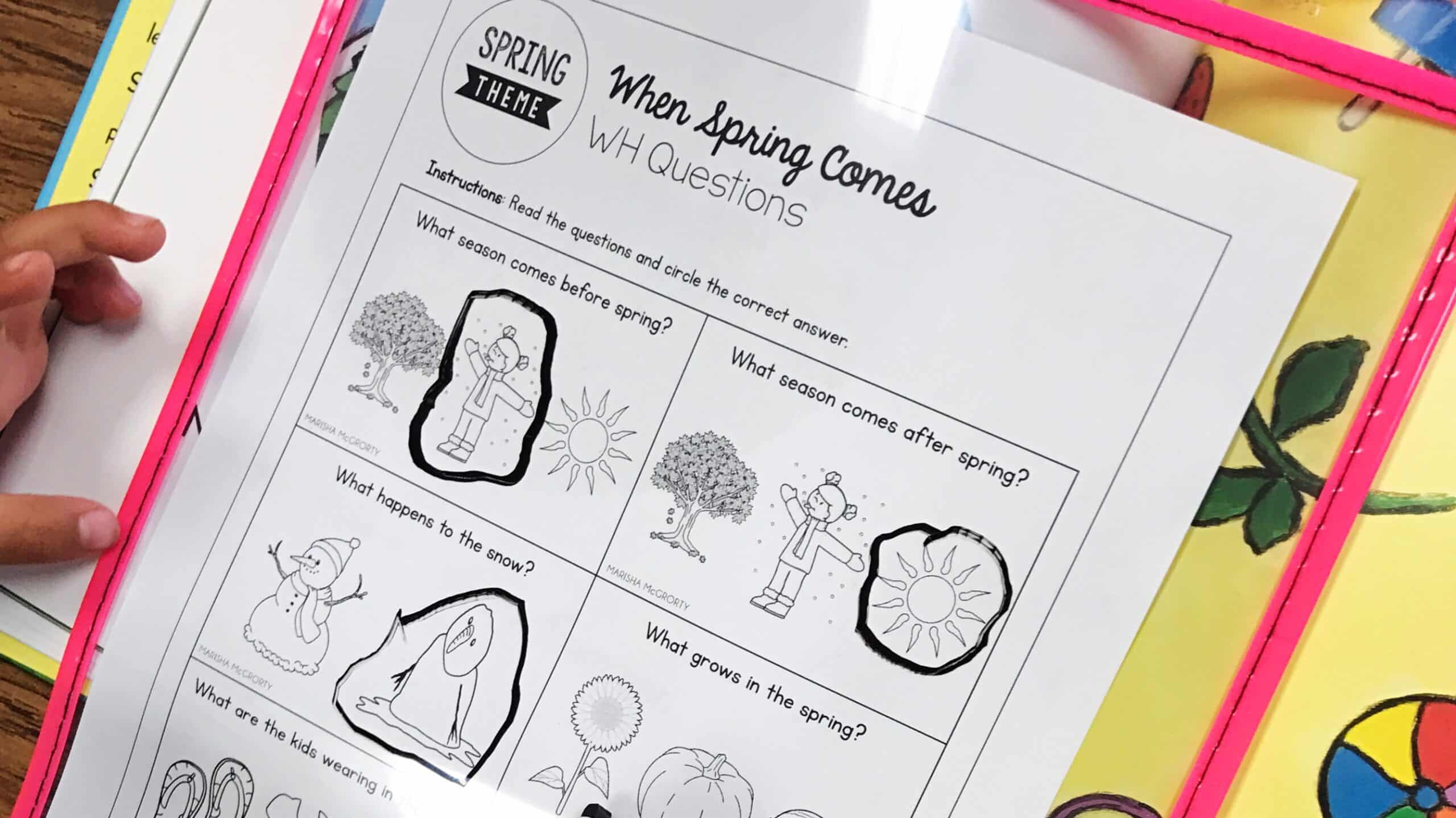
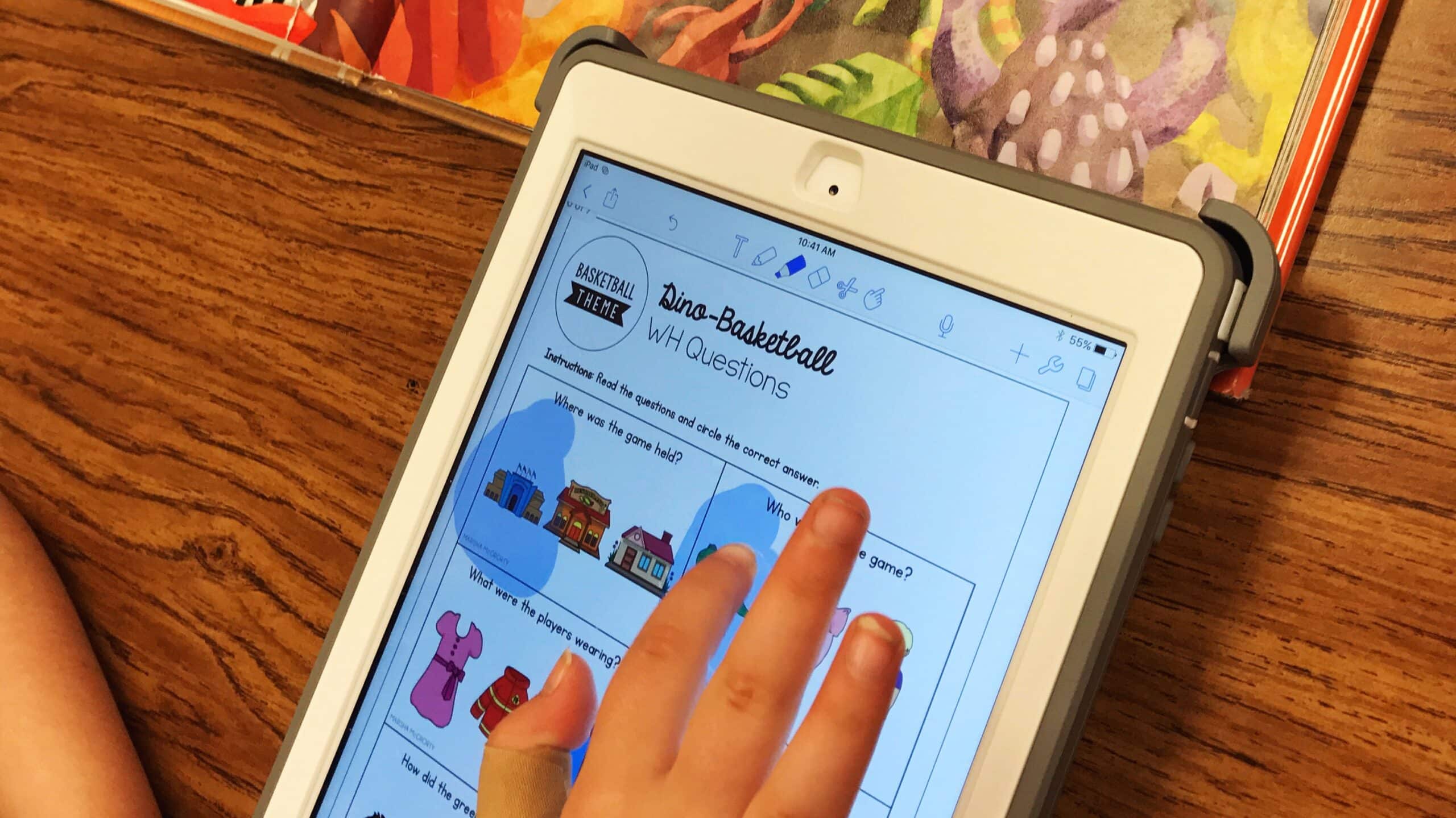
Step 4: Skill Practice
How does this work when you have a group of 3-4 students (all with different goals)?
It starts with a system! Having a structure/routine for your session is key! Check out my last SLP Summit presentation for some tips.
One of my favorite “hacks” is my therapy tote! Having quick access to visuals makes it easy to keep track of your students’ goals while providing them with great supports.
This also got a lot easier when I changed my mindset. Mixed groups aren’t a bad thing! It is incredibly powerful being able to see the students in the group scaffold and provide models for each other.
Do you stress about asking enough of the target goal, for example stating one similarity and one difference given two objects/items/pictures in 8/10 opportunities over 2 sessions?
You can collect quick probe data at the beginning the session for those types of goals. There are also plenty of pictures in books! It’d be pretty easy to create multiple opportunities within the context of the book.
Step 5: Parallel Story
How can I modify this for more impaired students?
The SLP Now core vocabulary packs include visuals that make it easy to scaffold story creation.
Resources
What was the name of the textbook you suggested?
Contextualized Language Intervention – Teresa Ukrainetz [Affiliate Link]
What is the name of the iPad app that you use to write on PDFs?
About SLP Now
Are the SLP Now materials appropriate for older students?
Yes! The SLP Now skill packs are perfect for older students. We are also adding new article units, geared specifically towards older students.
Would the books in the SLP Now Membership be appropriate for preschool?
Yes! You can easily search for books that would be appropriate for preschool.
We also have core vocabulary units with visuals and sentences that are perfect for earlier learners.
Would the books in the SLP Now Membership be appropriate for teletherapy?
The books are not included in the membership, but we do recommend apps like Epic. You can also borrow digital books (for free) from your local library!
Can you print all the materials from SLP Now or do you need to access them from an iPad or computer?
Yes! You can print!
Does SLP Now have data tracking?
Yes! You can use our tools to set up your schedule, add students to your sessions, enter data, and track goal progress. (The system automatically makes graphs for you!)
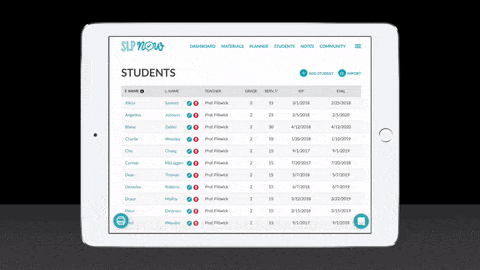
Click here for Part 2 of the SLP Summit Q&A! We chat more about student engagement, session logistics, goals, and more!


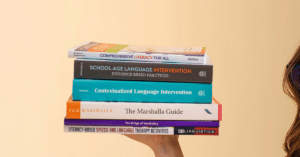
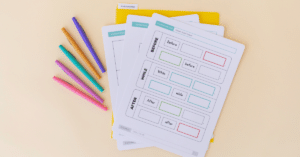
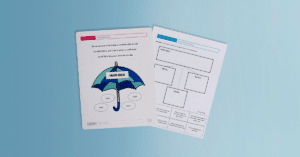
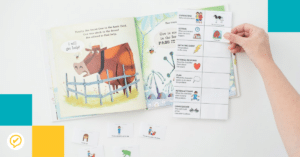
Leave a Reply